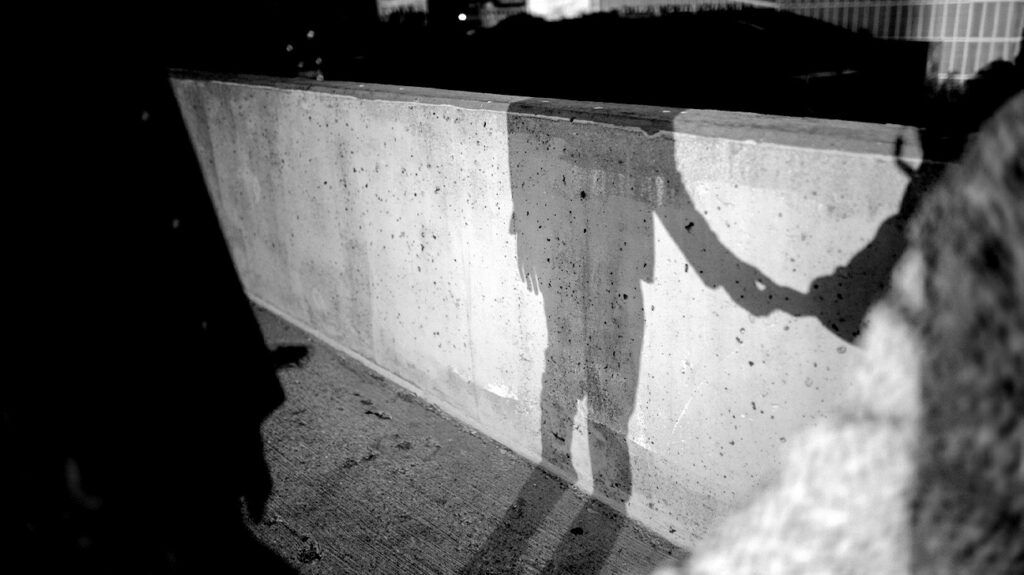A person in a one-sided relationship may experience an imbalance in the support, energy, and time they are either investing or receiving. When an individual provides more than they receive, their relationship may have difficulties and eventually end.
The partner receiving support without also providing support may experience some distress as well.
This article details the signs and causes of one-sided relationships. It also explores how to fix a one-sided relationship and when it is appropriate to consider ending things.

In a one-sided relationship, one of the partners consistently does not receive equal support from their companion. The other partner invests more support, energy, and time into the relationship.
The person who provides much more than they receive in the relationship may experience negative effects.
However,
Research from 2016 refers to relationships using the term “asymmetrically committed” when commitment levels substantially differ between the two people involved.
One-sided relationships may occur among romantic couples, friends, co-workers, or family members.
In later stages of adulthood, romantic relationships replace friends and family as the
When these relationships become one-sided, a person may lose their primary support system.
Learn more about building healthy relationships.
Relationships function well when both people equally provide and receive support from each other.
Receiving support through a support system has important effects on a person’s well-being. The
When an imbalance is present in a relationship, a person may experience distress. This is true for the person giving the support, but the researchers suggest that the person receiving more support than they are giving may also experience distress. Experts call this the equity theory.
When a person perceives that they are both giving support and receiving support, they may experience what the researchers call a “favorable psychological well-being.”
In the study, receiving support linked to lower anxiety, depression, and stress. People who gave support also reported greater positive effects, except for anxiety. However, the researchers note that this anxiety did not significantly relate to the act of giving support.
The researchers suggest that in a romantic, spousal relationship, an imbalance in support is equally distressing for the person giving and the person receiving support. With family and friend relationships, it may be more distressing for the person who is not receiving enough support.
A sign that a person is in a one-sided relationship is an imbalance in the level of commitment one partner has when compared with the other. Both partners in the relationship may have lower satisfaction, whether they are over-receiving or over-providing support.
Some signs of being in a one-sided relationship
- stress
- depression
- distress and anxiety
Few studies examine the signs of a one-sided relationship. Studies performed also did not separate findings from people who over-provide and those who over-receive in a relationship. Most data regarding one-sided relationships comes from people’s recounts of their experiences rather than scientific research.
Sometimes, a person’s needs for intimacy, companionship, and support change over time.
This can occur during certain periods of emerging adulthood. For example, a person’s relationship needs may shift when their primary support systems change from family to friends to intimate partners.
Researchers in 2018 studied asymmetrically committed relationships. They found that people with parents who were never married had
Fixing a relationship experiencing one-sidedness requires communication about the problem. Couples, friends, or family may turn to therapists for help repairing relationships when their own attempts do not work.
Repairing a relationship, whether a person collaborates with a therapist or not, requires effort from both partners. Though one partner may bring up the issue, both partners need to work on the relationship together.
The couple can try to re-establish a strong emotional bond. Knowing that bonds between people can rupture helps people accept this inevitable part of relationships and work through it. People can repair disruptions in a relationship, but both partners need to have the same relationship goals.
Learn more about couples counseling.
Having and maintaining high quality relationships may improve a person’s well-being. However, when the relationship harms a person’s well-being, they may consider ending things with that friend or partner.
When trying to fix a one-sided relationship through various means does not help, people may consider ending things as well. People might also plan to end a relationship when their goals no longer align with their partner’s goals.
In some situations, a person needs to end a physically or emotionally harmful relationship, sometimes described as a toxic relationship. When ending a relationship has the potential to improve a person’s well-being, taking that step becomes necessary.
A one-sided relationship can be especially draining for the partner providing support but not receiving enough support in return. Not having one’s needs met in a relationship can cause strain.
One-sided relationships are not sustainable for either member, though. Sometimes, relationships may end due to a lack of mutual support. Other times, people may manage to fix a one-sided relationship, which may require therapy.
